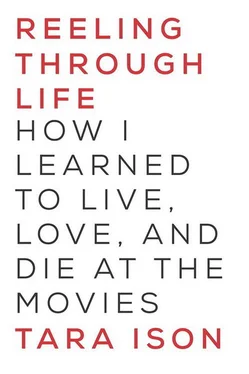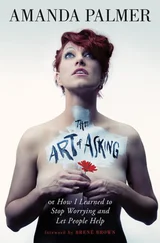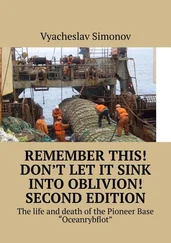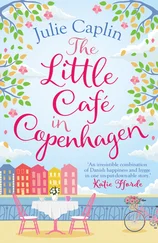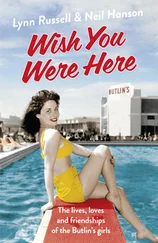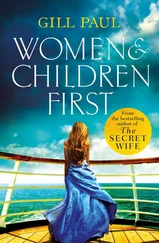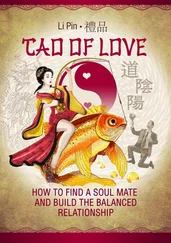MAUDE
Oh, Harold. I am happy. I couldn’t imagine a lovelier farewell.
HAROLD
Farewell?
MAUDE
Yes. It’s my eightieth birthday.
HAROLD
Well, you’re not going anywhere.
(long confused pause)
Are you?
MAUDE
Yes, dear. I took the tablets an hour ago. I’ll be gone by midnight.
HAROLD
(long horrified pause)
What ?!
He flips out. A screeching siren, an ambulance, Harold clutching Maude’s hand.
HAROLD
Don’t die, Maude! For Christ’s sake. . Don’t die! I love you!
MAUDE
Oh, Harold! That’s wonderful . Go, and love some more. .
and the last we see of Maude is her peaceful face, wizened and wise, as she’s wheeled off on a gurney, twirling a daisy. No writhing in pain, no stomach cramped by those magically toxic tablets. This was a longtime plan of Maude’s, hints dropped throughout the movie (“Well, there’s no question my body’s giving out,” she said earlier, “I’m well into autumn. But it’s all going to end this Saturday. . ”) Harold is desolate, but if the infusion of passionate life energy that was their love didn’t change Maude’s mind, we know it will change Harold forever; the final moment of the film is Harold, after his final faux-suicidal display of crashing his car off a cliff, dancing along, playing a banjo while Cat Stevens reminds us all “if you want to live high, live high! And if you want to live low, live low! ’Cause there’s a million ways to go, you know that there are. . ” 68
It wasn’t just Maude’s love that inspires Harold; her death is the experience through which he will finally choose to embrace life. And a death with such style! I want to live like Ruth Gordon, but I want to die like Maude.
The best death, though, is in Soylent Green . 69It’s 2022, the water is poisoned, our soil and atmosphere are polluted, the greenhouse effect has created an unending heat wave, New York City has forty million people, and while a very few of them live in fancy modular apartments full of Lucite and dangly glass things, with access to real food and water, the sweaty teeming throngs that are everyone else must riot the streets in chartreuse-tinted air and have nothing to eat but little crackers called Soylent Green. Charlton Heston is a cop named Thorn, his best buddy Sol is Edward G. Robinson (his last film, he died a few days after filming), who is old enough to remember real food — they make a rhapsodic meal from an apple, scraps of lettuce, and a tiny piece of beef Thorne has filched from a crime scene. Thorne is investigating a murder linked to Soylent Industries, the megacorporation that controls everything, including food production; there is gunplay, scenes of rioters being scooped up and away by garbage trucks, a mild (again undisturbing to my nine-year-old eyes) sex scene, but the best part of the movie is the end; Sol, like Maude, decides he has had enough, it is time to wrap things up on his own terms, and this nightmarish futuristic society offers one perk, has made that an easy and pleasant option. Sol goes to a massive, well-lit complex, is politely asked a series of questions (favorite color: “Orange,” favorite music: “Light classical”), led to a spacious private room by kind, Grecian-berobed attendants, given something tasty to drink, undressed, and invited to lie peacefully under a sheet on a cushiony bed. The lights dim to a burnished orange glow, light classical music plays, and there is a panoramic-screen mini documentary of Nature, what has vanished from this brutalized world: Flowers, deer, birds, rushing mountain streams, colorful undersea schools of fish. Sol is mesmerized by the beauty of his final moments; he is ecstatic to be “going home,” as he has said in his good-bye note to Thorne, and he meets death, like Judith and Maude, so beautifully, so finely, and with such self-determined style.
Oh, and then his sheet-wrapped body is wheeled out and dumped in a truck, along with all the other bodies, and Thorne follows the truck to a Soylent Industries factory and realizes all the dead bodies of all the dead people get processed into those little crackers for the masses to feed on, and yes, “Soylent Green is people!” he screams, out into the annals of pop culture.
This does not dissuade me, however; Sol’s death, like Maude’s, while sad for the people left behind, the Olivers and Harolds and Thornes, is still wonderfully rational to me, the planning-ahead as sensible as the weeks my mother spends organizing the perfect dinner party. Soylent Green crackers aside (which, in 1973, I dismiss as pure unprescient “science fiction,” a narrative twist meant to gross us out, one that could never ever happen. . of course not. .), I have no existential anxiety about what happens to me or my body after death — there is no worry of decomposition, or an afterlife, or any thought of an out-of-body spiritual redistribution of energy. There is no discussion of “the soul” in my family, there is no God, no heaven or hell, only a pragmatic ashes-to-ashes, death-is-a-part-of-life mentality. Flush the little goldfish, bury the dead mouse wrapped in a fistful of toilet paper, feel sad a moment, sure, then shrug. So these movie deaths are perfect to me: The angelic choir, the cinematography, the dignified elegance, the carefully constructed mise-en-scène. The lack of suffering, of distress, of pain. A beautiful, fine thing to aspire to. Exactly how you’d want a story, a movie, a life, to end.
That is how I am going to die someday, I decide.

My mother’s most adored friend was Janie, who was also my parents’ bookkeeper. I adored Janie, too — once a month, after dinner and writing checks for my parents’ bills, she sat me on her lap and with a tobacco-smelling finger traced out words between my shoulder blades, the gentle lettering of I love you and we are friends . Her fingers were stained yellow from her cigarettes, but it was her ovaries, not her lungs, that turned against her; one day they swelled with rot and sent invader cells out to march through the rest of her body, demanding surrender. The doctors cut out bits of her, and then more bits, and then they resorted to poison.
Janie has cancer , my mother explains to me, and is very sick; we have not seen her for months, and I am being taken to visit her in the hospital to nurture in me a demystified acceptance of death. Or perhaps my mother couldn’t find a sitter. I am nine years old. And I am entirely unconcerned — after all, I am mature for my age, I can handle any adult themes, any PG or old black-and-white or sci-fi movie about dying and death you care to throw at me. I know I was in the hospital myself when I was little, but I have only the vaguest and fleeting unmemory flashes of procedures and tests — and anyway, in this hospital they will not be doing anything to me. I reassure my mother I am fine, not to worry about me, as I always do.
Janie is sleepy and thinner and the yellow of her fingers has faded; there are tubes running in and out of her, the smell of alcohol and something else, a tapestry of green bruises on her inner arms, short black hairs on the pillow; she has some hair left but it does not fan or cascade like Jenny’s. She will be bald soon, my mother had warned me, that’s what the drugs do, so don’t be scared about that, and I wonder if these are the “cell-destroying” drugs with bad side effects Jenny had refused. Maybe Janie should have refused them, too; she looks ungraceful and unserene. She looks sick, a kind of sick I have never seen, not like chicken pox or the flu. I am technically, at nine, not allowed to be visiting here, but I am so well-behaved (that means mute, I am too nervous to speak) the nurse smiles at my mother, gives an indulgent little nod. I have brought with me a short black wig my mother bought me once upon a time to play dress-up with; she had suggested it would be a nice gift for Janie, that very soon, when all her hair has finally gone, she will want to wear a wig.
Читать дальше
